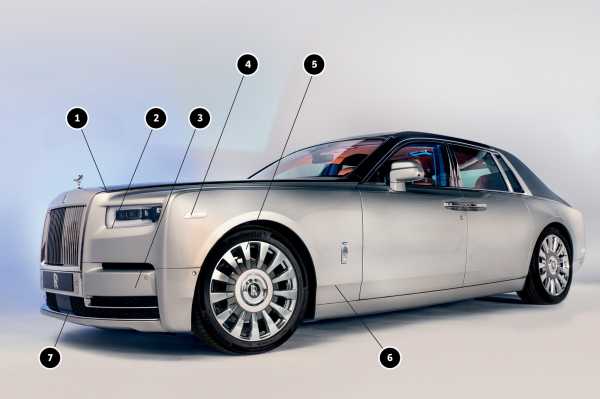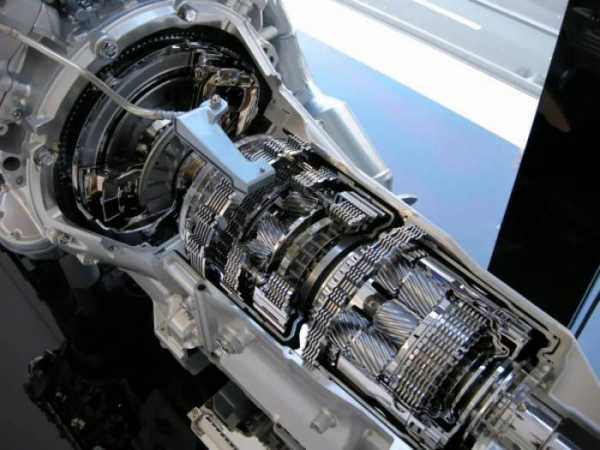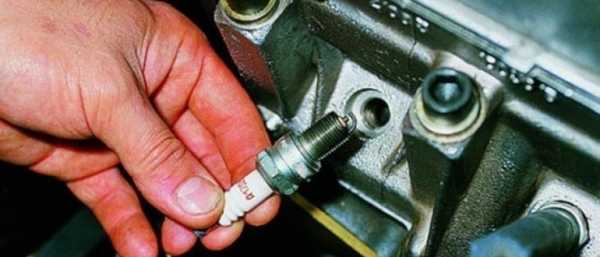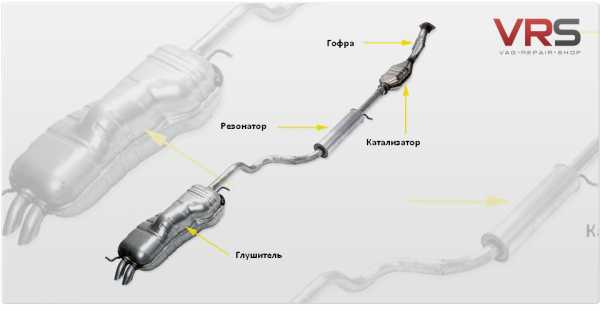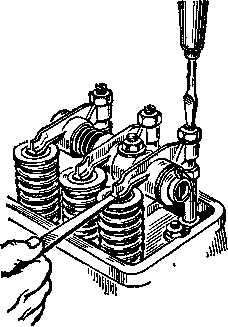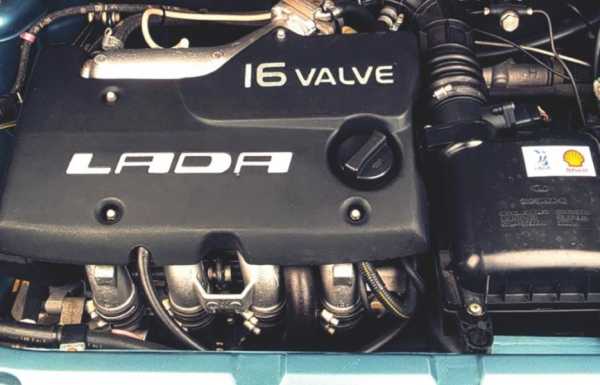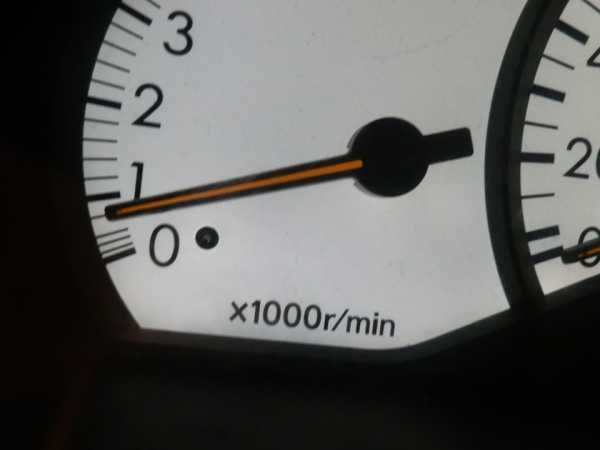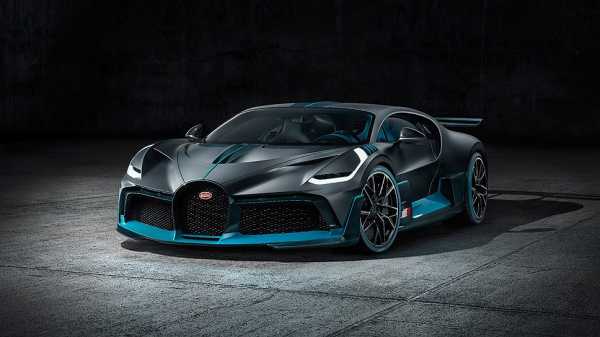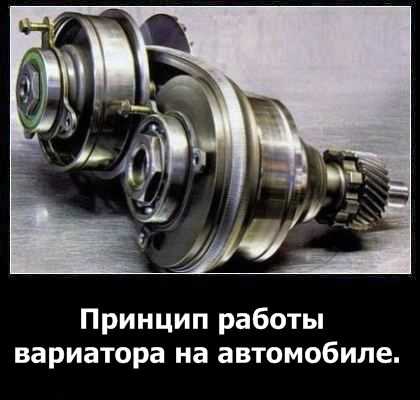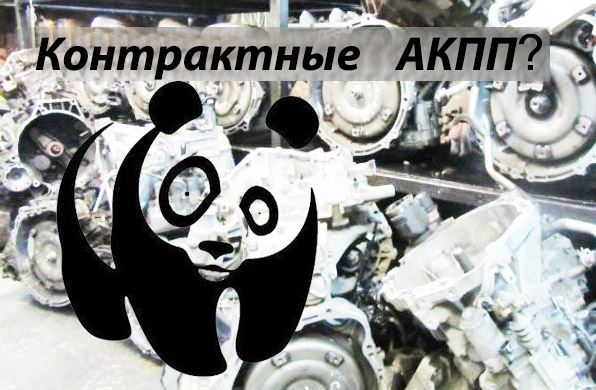Rolls royce phantom viii
Rolls-Royce Phantom Reviews | Rolls-Royce Phantom Price, Photos, and Specs
Tested Model: Rolls-Royce Phantom Drophead Coupe · 2018 Rolls-Royce Phantom Shown The Phantom is not only the ultimate status symbol, it’s the Holy Grail of handcrafted luxury automobiles. Its decadent design is derived from an aluminum structure that rides atop an air suspension for euphoric comfort. Prodigious power is provided by a 563-hp twin-turbo V-12 paired with an eight-speed automatic and rear-wheel drive. An interior tailored for kings can even be adorned with a custom-artwork dash. Its dizzying array of tech includes night vision and a distinct laser-light system.
Major redesigns occur every five years or so; not much changes in between. Dividing them into generations provides more meaningful distinctions in the shopping process.
First Drive Review
October 2017 By MIKE DUFF View 113 Photos 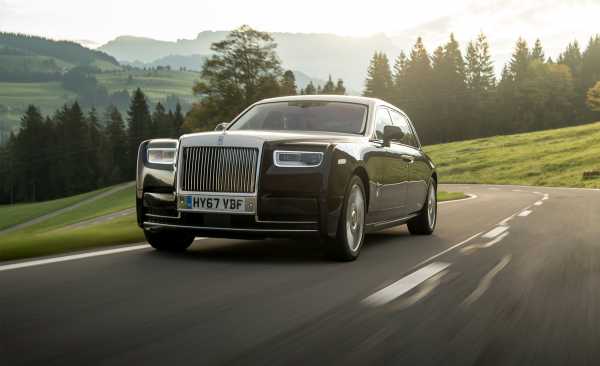

There are many attractions to being a billionaire. You could open a private zoo, commission statues depicting yourself as various historical figures striking heroic poses, or—if you want to go full Blofeld—hollow out your private island to hide a moon-melting death ray. Alternatively, you could forget such fripperies and just buy a Rolls-Royce Phantom.
You don’t need to be an actual billionaire to afford one, but you do need to be somewhere toward the top of the 1 percent. Rolls-Royce CEO Torsten Müller-Ötvös says that owners will almost exclusively be ultra-high-net-worth individuals, those with more than $30 million in cash and liquid assets. While the standard Phantom won’t be priced significantly above the outgoing version—figure around $450,000—it will be possible to more than double that through the sort of personalization that Rolls encourages its buyers to indulge in, such as installing commissioned art in the dashboard or color-matching the exterior to the exact shade of the sunset behind your beach house in the Maldives. This is a car for people who don’t care what it costs.
The first Rolls-Royce Phantom was produced as long ago as 1925, and the company claims that the nameplate is the longest-serving in the automotive industry. While that’s true, there have been long gaps between some of the earlier generations. Regardless, this all-new eighth-generation model (we’re asked to refer to it as Phantom VIII in the style of a monarch or a Star Wars sequel) directly replaces the 2003-era Phantom VII, which was the first Rolls-Royce developed under BMW ownership.
The Phantom VIII is the first car to sit on Rolls-Royce’s new aluminum spaceframe platform, officially known as the Architecture of Luxury, which will underpin all future models including the upcoming Project Cullinan SUV. The exterior design has undergone a less revolutionary transformation when compared with the outgoing model, gaining more curves and a radiator grille that integrates into the front of the car better than the last Phantom’s freestanding chrome Parthenon. But despite some modest reduction in exterior dimensions, the Phantom VIII has lost none of the VII’s ability to shock and awe, especially in some of the snazzy two-tone paint finishes that Rolls-Royce chose for the cars used for the media launch in Switzerland.
As you’d expect, our Phantom experience began in the back seat of an extended-wheelbase model. While Müller-Ötvös says that eight out of 10 Phantom owners will drive themselves at least occasionally, and that U.S. buyers are the most likely to take the wheel, the extended-wheelbase (EWB) model—8.6 inches longer than the regular car—probably will be piloted by a chauffeur. And not a robotic one, either.
Ingress is still made through a rear-hinged “coach door” in Rolls-speak—the unpleasant connotations of the more usual “suicide” reference thus being deftly avoided—and the rear cabin is every bit as special as you’d expect. The carpet pile is ankle deep, the adjustable seats offer a variety of massages, and there’s a refrigerator mounted in the center console complete with a clip-in decanter. Sadly, the last item proved empty during our ride. The interior feels very traditional, with a predictable abundance of wood and leather and old-fashioned rotary heating controls rather than digital displays: red for hotter, blue for colder. But there’s plenty of well-disguised 21st-century tech, too—apparently one of the key demands from buyers of the old car. Display screens motor down from the backs of the front seats to sit above the traditional wooden picnic tables, while USB and HDMI ports hide beneath a slide-down cover. The infotainment system is a thinly disguised version of BMW’s iDrive system that is operated by a similar turn-and-click controller; touch-sensitive screens would have been a little too vulgar, and they get so smeary.
The rear seat also provides a good view of the dashboard, which incorporates The Gallery: a glass panel spanning the dashboard, behind which owners can have their own personally commissioned artworks placed when the car is built. (The instrument cluster and the infotainment screen are also placed behind the glass.) Rolls-Royce is happy to connect buyers with artists working in everything from traditional oil paints to avant-garde ceramics, and Müller-Ötvös says it’s entirely possible that a well-chosen piece by an up-and-coming talent might ultimately be worth more than the car surrounding it.
Setting off is something of an anticlimax. The Phantom is a superb place to spend time, but locomotion adds little sensation beyond the fact that the view of gawping mortals through the windows starts to scroll. That’s because the Phantom is freakishly quiet, with one of the engineering team’s core objectives being to make it the most silent passenger car in the world. In that, they succeeded; if you have tinnitus, then a gentle cruise in the back of the Phantom won’t create enough background noise to mask it. Rolls-Royce has fitted about 287 pounds of sound-insulation material, plus double-glazed windows and tires containing noise-absorbing foam, with the result being a claimed 5-decibel reduction in volume over its already quiet predecessor (the decibel scale is logarithmic, so that modest number reflects a 75 percent reduction in perceived noise).
Switching to the driver’s seat immediately emphasizes just how tall the Phantom is, an effect exacerbated by its high windowsills. Motoring the seat to a position that gives a good view forward to the distant edge of the hood—and a chance to ogle the proffered backside of the Spirit of Ecstasy—puts your eyes close to where they’d be in a full-size SUV. The steering column is short on adjustment for rake, encouraging an arms-out, chauffeur-like driving position rather than an unseemly slouch, and the seats definitely are the sort you sit on rather than in.
Progress is as stately as a Palladian villa in 400 acres of English parkland. The new twin-turbocharged 6.7-liter V-12 is a development of the engine in the lesser Rolls-Royce Ghost, producing the same 563 horsepower but tuned to deliver a meatier 664 lb-ft of torque available from just 1700 rpm. Under gentle throttle applications, it is possible to feel the briefest of pauses as the turbos and engine internals gather momentum, but beyond that it pulls cleanly and almost silently; if any manufacturer is ready for seamless conversion to electrification, it definitely is Rolls-Royce. Unsurprisingly, the Phantom has been tuned to deliver its best under mild use, with its ZF eight-speed automatic gearbox programmed to keep the engine under 2500 rpm whenever it can. Even with this limitation, quarter-throttle acceleration feels respectably brisk, but it takes a hefty shove on the long-travel pedal to prompt a kickdown and get the V-12 producing its creamiest noises from the bow. While Rolls-Royce claims a 5.1-second zero-to-60-mph time for the short-wheelbase model, verifying that in anything other than a kidnapping-evasion scenario would have you sent back to chauffeur school or perhaps rapped over the back of the head with a gold-headed cane.
Ride quality is exceptional, thanks in large part to the Phantom’s lack of any kind of sporting intent. The combination of relatively soft air springs and a 5600-plus-pound curb weight should result in a convincing impression of a 1970s Cadillac. Yet some very smart adaptive dampers working in conjunction with an optical bump-spotting system that works at speeds of up to 60 mph give outstanding body control and keep the cabin serene, even over the roughest surfaces that the Swiss Alps could throw in our way.
There is lots of other clever dynamic technology, but it all functions with the invisible efficiency of a good valet. Active anti-roll bars with electric motors fight lean under cornering; Rolls-Royce claims these produce as much torque with 12-volt motors as rivals manage with their 48-volt systems. The Phantom can be hustled along at a rapid pace, although at the cost of considerable sliding on the nearly flat seats. The electrically assisted steering is lightly weighted and lacks feel, but accurate front-end responses make it easy to place the car onto a chosen line, and there’s also a new rear-wheel-steering system that improves low-speed maneuverability. There are no dynamic settings or sport modes or any way to manually select gears, although the transmission stalk on the steering column incorporates a Low button intended to maximize engine-braking effect on long, steep downgrades.
Anyone with the funds and inclination to buy a Phantom likely will be equally able to purchase any—or indeed all—of its most obvious competitors, from the Bentley Mulsanne to the Learjet 70. These people aren’t forced to make either/or decisions; possessing both/and is perfectly within their reach. Wanting a Phantom is the sort of itch that we suspect many of them will be keen to scratch, the car being good enough to justify its enormous price. With the immodesty allowed a proud father, Müller-Ötvös reckons that this is the best car in the world, and considering it as an all-rounder, it would be hard to disagree. If anyone offers you the choice of one car for the rest of your life, make it a Phantom. But it’s more than just a snazzy ride: it’s also a spectacular manifesto for the future of the Rolls-Royce brand. It might be possible to build a better luxury car than this, but don’t expect to see one any time soon.
ENGINE TYPE: twin-turbocharged and intercooled DOHC 48-valve V-12, aluminum block and heads, direct fuel injection
Displacement: 412 cu in, 6749 ccPower: 563 hp @ 5000 rpmTorque: 664 lb-ft @ 1700 rpm
TRANSMISSION: 8-speed automatic
DIMENSIONS:Wheelbase: 139.8-148.5 inLength: 227.2-235.8 inWidth: 79.4 in Height: 64.8-65.2 inTrunk volume: 19 cu ftCurb weight (C/D est): 5650-5750 lb
PERFORMANCE (C/D EST): Zero to 60 mph: 4.5-4.6 sec Zero to 100 mph: 9.5-9.6 sec Standing ¼-mile: 12.8-12.9 sec Top speed: 155 mph
EPA FUEL ECONOMY: Combined/city/highway: 14/12/19 mpg
By Design: Rolls-Royce Phantom VIII
The best car in the world.
Rolls-Royce used that phrase for its automobiles long ago, and in terms of solid engineering and precision manufacturing it was likely true. And those cars were certainly highly impressive, with the top models—called Phantoms from 1925 on—truly imposing. Alas, few Rolls-Royce cars were looked good in their times, and truly beautiful ones were rare indeed. Imposing, yes. Symbolic of quality, yes. But toward the end of the company’s British ownership, Rolls-Royce and sisters-under-the-skin Bentley models were rather like Gloria Swanson’s aged character in “Sunset Boulevard”—still imperious but well past it, faded at the edges and threadbare.
There is no question BMW ownership and engineering supervision have bestowed a new grandeur on the hallowed badge. Or, more likely, it enabled Rolls-Royce to return to what it once was. Its prestige, not really much diminished by falling profits or declining quality, is now being marketed to new customers in countries not previously inclined or able to acquire many luxury cars. Their tastes are, let us say, more expansive than those of traditional British Rolls buyers, so there are colors and trim choices now that would once have been almost unthinkable for the brand.
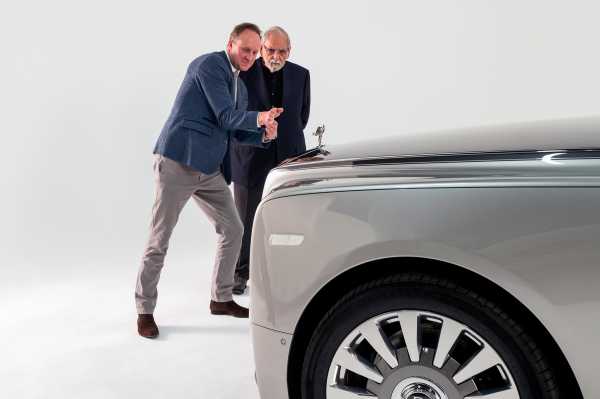 There are several “blades” and creases in the bodywork but not on the hood where the hinge-mimicking centerline bright strip is gone.
There are several “blades” and creases in the bodywork but not on the hood where the hinge-mimicking centerline bright strip is gone. We had a first look at the new Phantom VIII in London in the spring, along with personal commentary by Giles Taylor, Rolls-Royce’s chief designer responsible for this new, slightly smaller, and totally revised Phantom. Previously at Jaguar, Taylor has a solid and well-proven grasp of what luxury cars should be, as the splendidly elegant Rolls-Royce Dawn cabriolet demonstrated a couple years ago. He had just arrived from Munich, where he has a second set of overseers to keep informed and happy about what he and his team are accomplishing. Together we looked at both a standard wheelbase Phantom and the now-shorter-than-before extended model, which had to be brought under 19 feet, 8.2 inches long to suit a Chinese registration requirement. A vehicle any longer than that demands a specific truck driver’s license.
The new body’s surfacing is elegantly simple, with em-bossed curved-profile indents on the flanks eliminated, something that apparently frightened BMW executives who finally accepted the clean shapes we see here. One slight visual problem with the new car is that it looks odd when the air suspension deflates with the engine off and the body sinks over the wheels. The wheels and tires are huge, so the wheel openings are as well. Before we started our walk-around, Taylor insisted the engine be turned on long enough to bring the car up to proper ride height. It makes a difference, so it’s a little surprising there is not an anti-sink provision in the suspension just so the cars always look right.
A crisp line starting at the back of the front wheel-cut at about wheel-center height runs out in the skin of the rear door while another slightly rising crease begins at the bottom of the front door and continues rising along the bottom of the rear-fender overhang behind the wheelhouse. The overall effect is to make the body side a great deal simpler than the previous model, to good effect. Every external surface is new, and the changes are major. The single centerline bright strip on the hood, which recalled the once-important apparent center hinge but had no function other than decoration and tradition, is gone now, and the hood is not creased or in any other way made to show the body centerline.

In particular, the continuing evolution of the iconic Greek Parthenon temple radiator shell is intriguing. Where the famous façade was simply applied to the front surface of both the Ghost and the Dawn, for this new Phantom as on the previous one there is a panel on top that runs into the hood. Where for decades the shell was made up of flat sections silver-soldered together and the only curves were very tiny radii on top where three planes were bent to provide a flat base for the Spirt of Ecstasy, this new shell is a symphony of curves. The front is inclined rearward at the top, and the grille bars themselves are recessed. The front face is amply curved in plan view, even as it retains a hard horizontal reference when viewed from dead ahead.
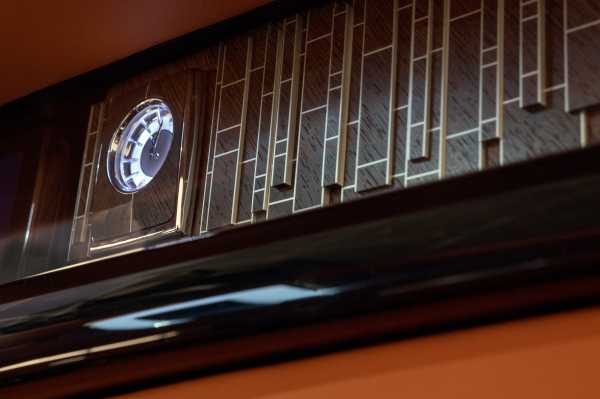
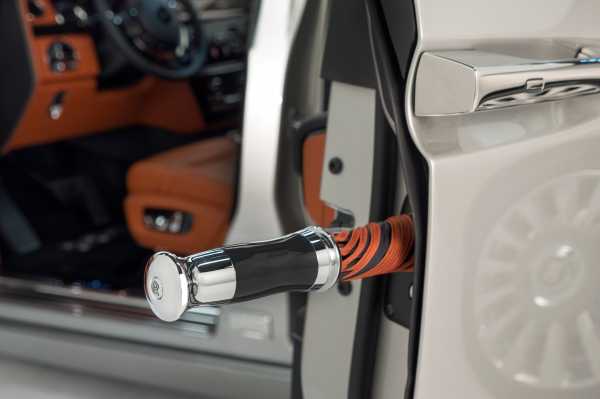
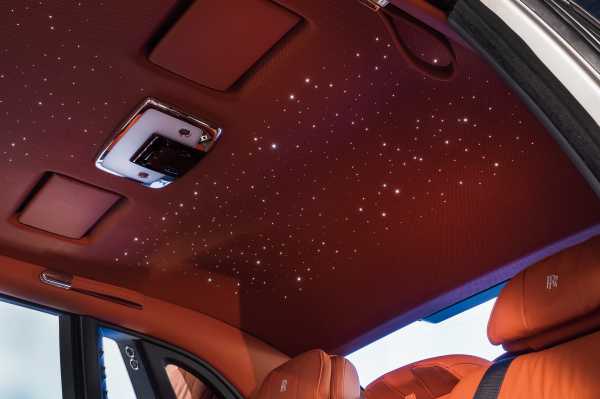
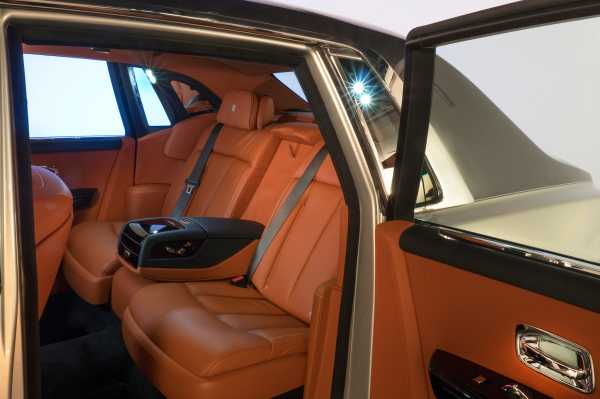
We looked at two cars, the gray and dark-blue normal-length Phantom, likely to be owner-driven in many countries, and an impressive purple extended-wheelbase sedan that was more agreeable to our eyes because the exterior refinement is more easily appreciated by an observer not distracted by the color break. And because it is properly imposing—a really big car as a social symbol should be. It is clear many of these new cars will be ordered in radical colors and interior schemes unthinkable prior to the German takeover and the market’s extensive expansion, and we see that as a positive thing keeping stuffiness away.
As Taylor opened the door of the standard-wheelbase car to show its interior, I had the subliminal feeling, without understanding why, that the already distinguished cabin of the Phantom VII that delivered me to the photo studio in London—where these two early production examples were available for our inspection—is thoroughly surpassed in the new model. One simple statement from Taylor about the interior struck home: “Every bit of bright trim you see in this car is actual metal. There is no plastic brightwork.” Of course. The purity of purpose must be perceptible at some subconscious level, and that alone is enough to justify the effort and expense entailed. Which, it must be said, had to be considerable because there is a lot of brightness.

There is also an artful retention of elements from the far past, including specifically the ventilation controls—wonderful push-pull “organ stops” I remember from ancient Rolls-Royces—and the perfectly round air outlets. There is also a control panel for both lighting and the start/stop buttons that looks deliciously old-fashioned even though it houses thoroughly contemporary digital commands. The interior is the most innovative part of the car, with its “gallery” instrument panel one of the most intriguing seen in decades.
The Phantom is impressive. It is imposing and inspires respect and admiration but not reverence for its elegance of form. It is not really beautiful, being in fact rather oddly proportioned, with almost no front overhang—very much in the BMW tradition, as it happens—and a distribution of masses from the A-pillar back that is very close to that of big American cars built to the classical front-engine, rear-wheel-drive pattern. It’s not that far away from the long-gone Lincoln Town Car, in truth. There is a curious reduction of dimensions as the eye moves from front to rear, so that seen from ahead it seems to be even longer than it is, the effect of perspective exaggerated.
Design Analysis
1. A solid reason to eschew two-tone paint schemes. The line separating the two colors runs across a beautifully modeled rib, spoiling its visual flow.
2. The Simple and very convincing headlamp surround is a clean rectangle, no notches or odd shapes, set in a cleanly framed recess.
3. The bumper strike face tucks inside the rectangular space below and outboard of the grille bars.
4. If the side marker looks like it doesn’t fit the form, that’s because it doesn’t. It’s a carryover part from lesser models. There was no budget for a limited-volume part.
5. These 13-spoke, 23-inch wheels are far better suited to the majestic look desired for Phantoms than the vaguely circus-wagon design used on the previous model.
6. The more pronounced longitudinal crease low on the body side starts behind the wheel opening and disappears in the rear door skin.
7. Height of the whole front end is excessively tall. Removing about half the height below the bumper bar would lighten the mass advantageously.

8. A blunt front. The fender profile is quite vertical, and there is very little overhang on the outer surface.
9. Shades of 1960s Pontiacs. The wipers live inside a slot at the back of the hood, keeping things clean visually. Good idea then, good idea now.
10. The front fender profile is a narrow blade washing in to the doors. A pinstripe runs along it, fading as the surface does, part way along the rear-door skin.
11. The crease line begins, barely perceptible, in the front door, rises a bit in the rear door, and continues on the rear fender and around the back.
12. The roof panel is slightly indented at the sides, then it transforms elegantly to a transverse line that separates the panel above the backlight from the glass, giving considerable headroom within.
13. The very sporty C-pillar recalls Bill Mitchell’s attempt to combine Ferrari lines and Rolls-Royce “knife edge” styling. Rolls-Royce itself does it far better here.
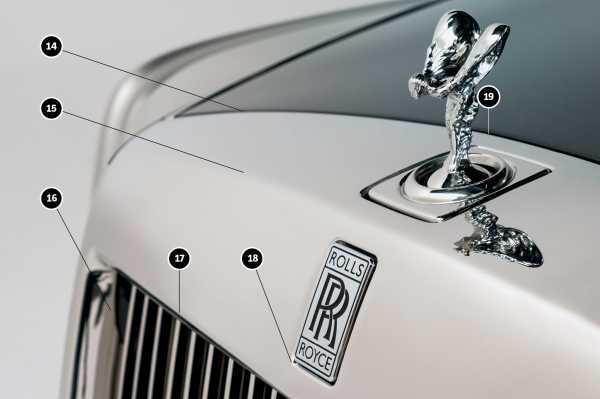
14. The radiator shell-hood intersection is almost a pure single curve …
15. On a sharp-edged intersection of two flat planes, the radiator shell transitions from vertical to horizontal via a soft—about a half-inch—radius.
16. Traditional vertical grille bars are set well back from the radiator shell’s nominal surface.
17. The top of the rectangular grille-bar opening is a single pure curve—in plan view only.
18. Note the softly radiused indent for the handsome badge.
19. … slightly modulated to suit the retractable Spirit of Ecstasy mascot.
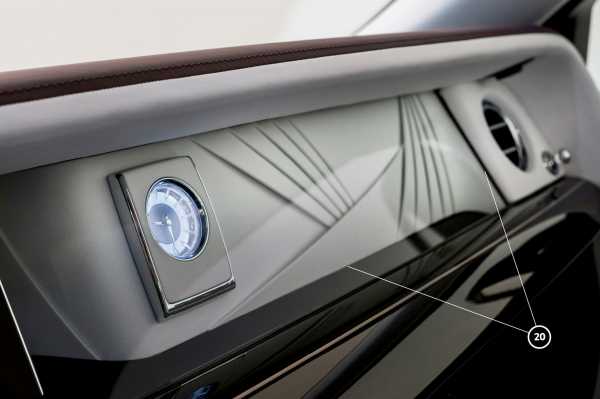
20. The Perimeter of the instrument-panel face glass is set well back of the folded leather sculpture wall on which the clock is set. An infinite variety of design is possible, but this is one of the standard choices.
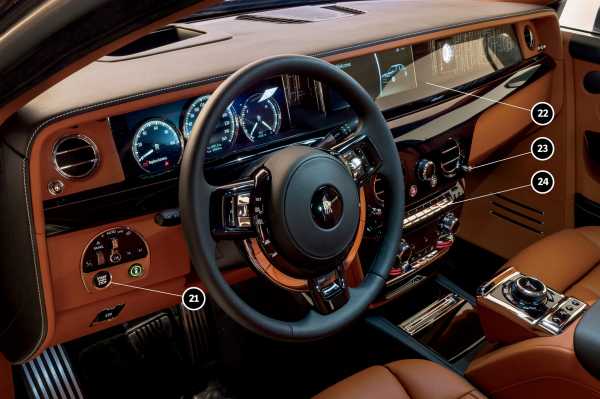
21. This small panel looks positively antique, which is exactly how it should look, a perfect blending of tradition and modernity.
22. A single sheet of glass traverses the entire instrument panel, allowing three-dimensional sculpting behind it with no fear of dust or fingerprint accumulation.
23. Traditional—and much loved—round vents and “organ stop” control knobs are welcomed.
24. These programmable keys and all other bits of brightwork in the entire cabin are made of real metal. No plated plastic here.
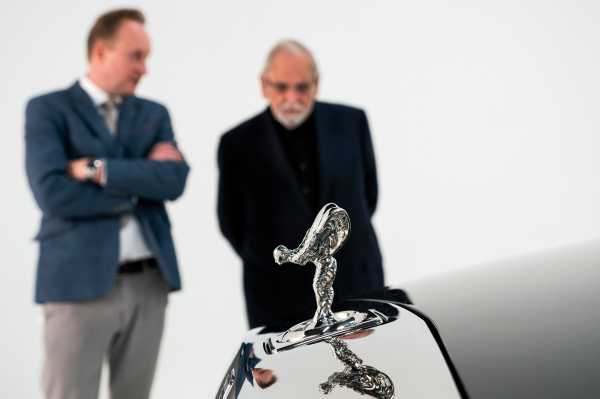
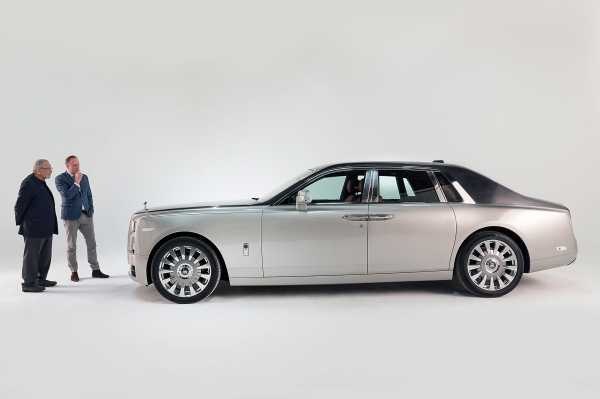
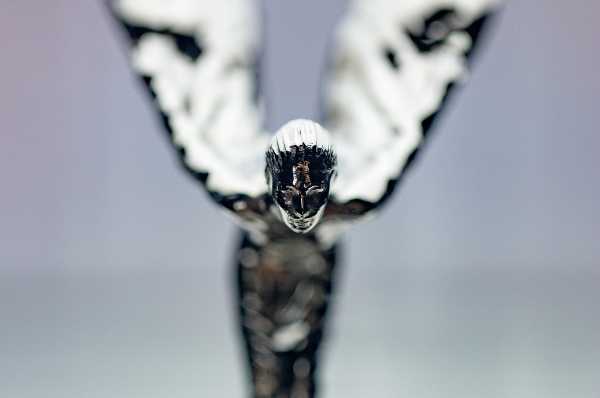
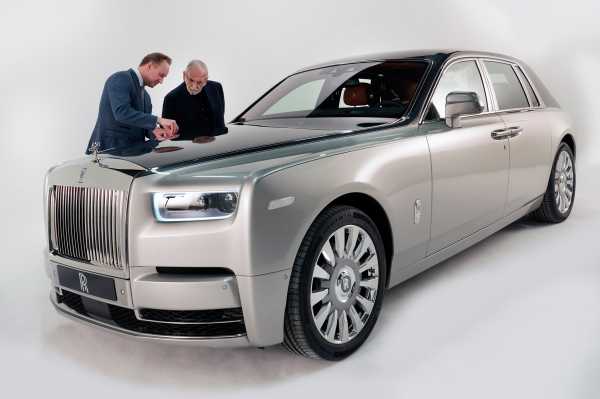
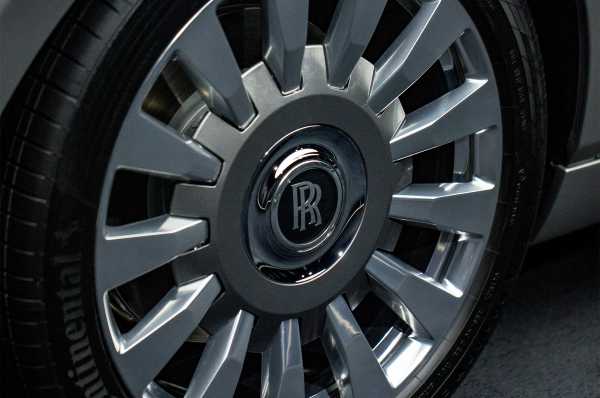
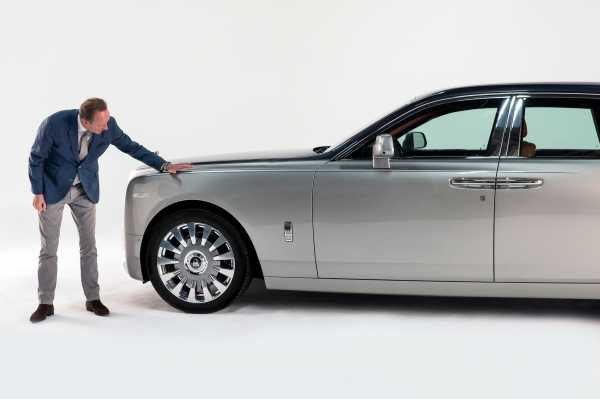
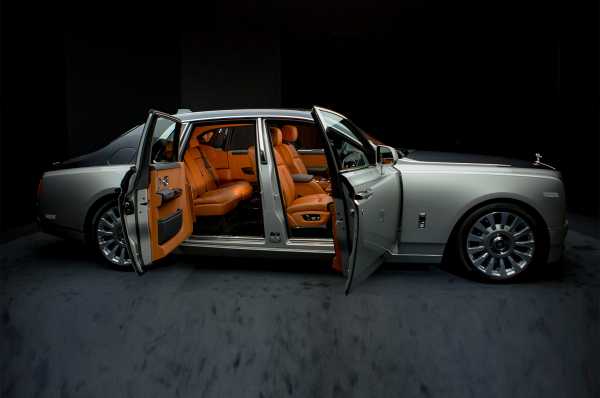
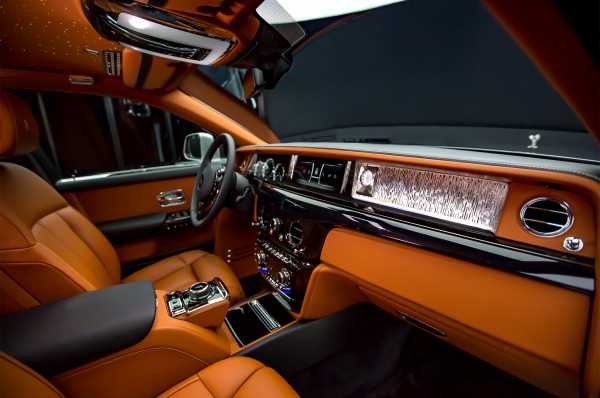
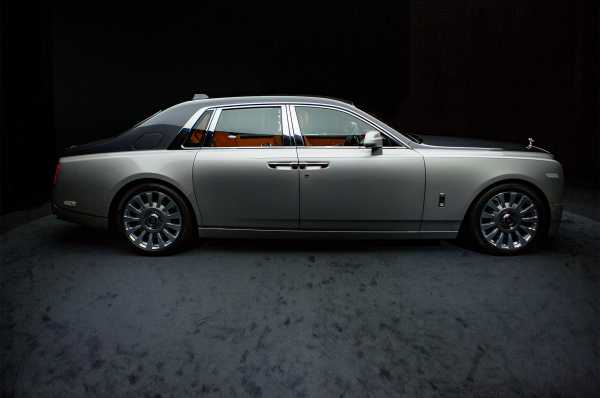
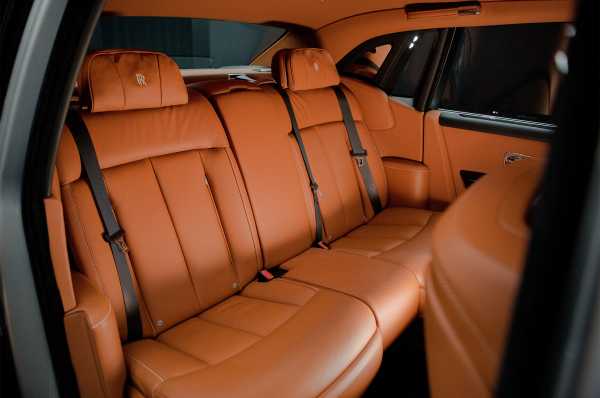
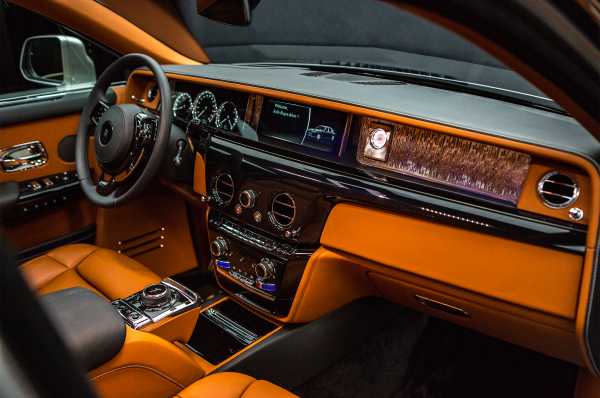
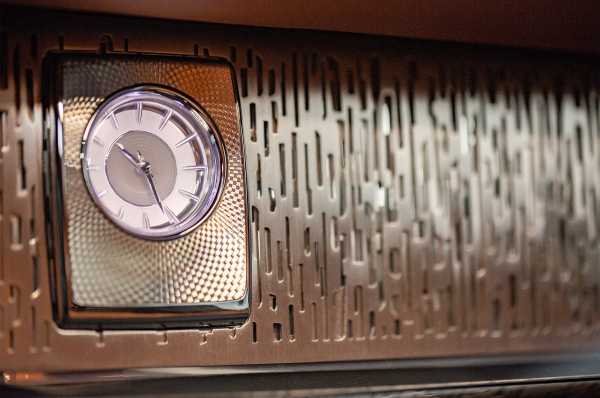
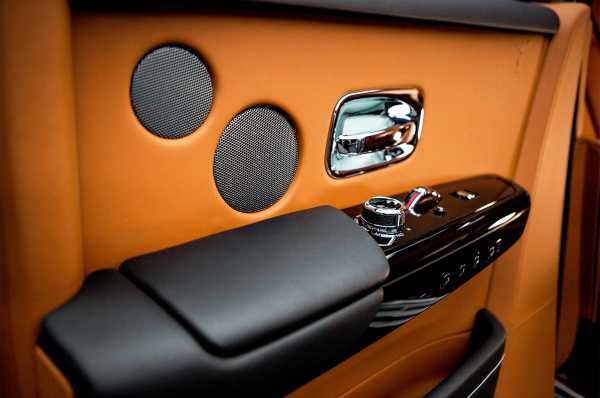
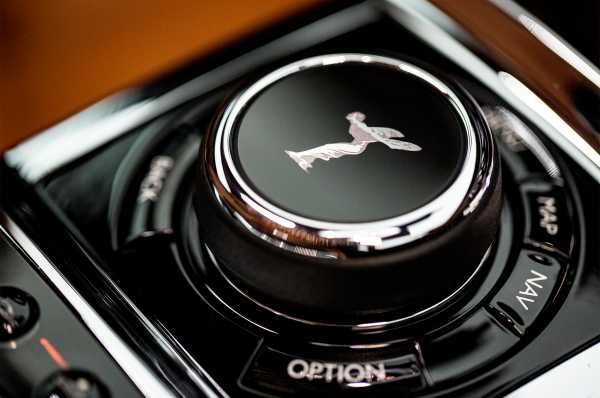
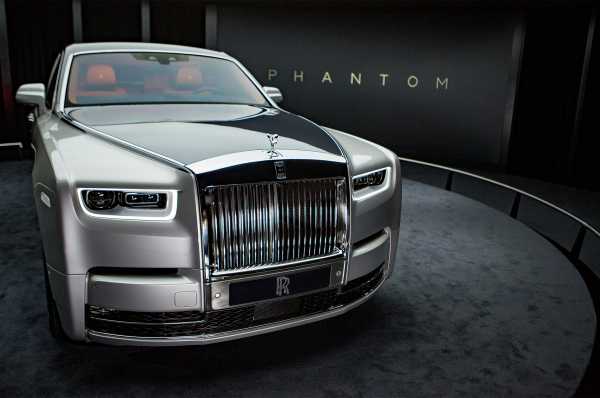
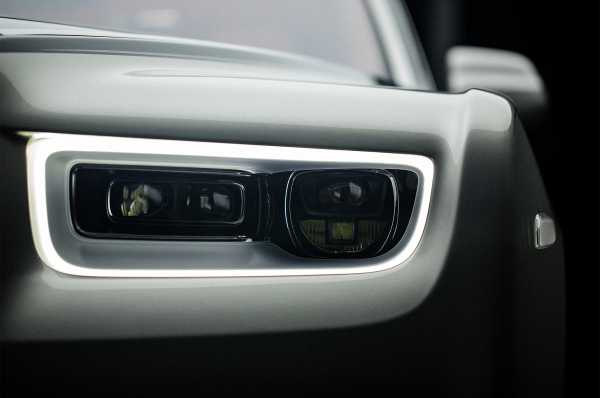
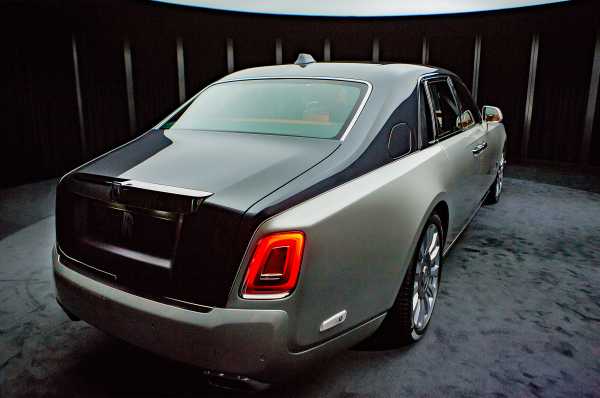

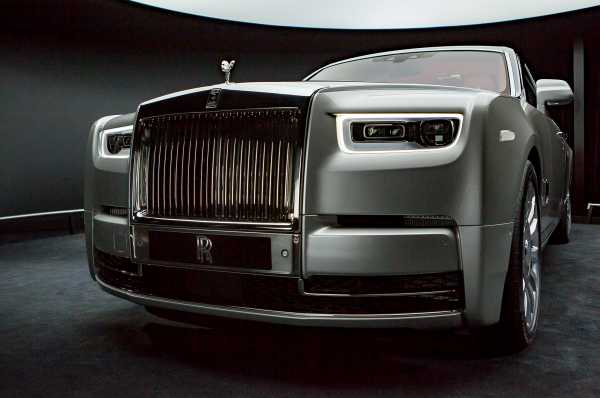
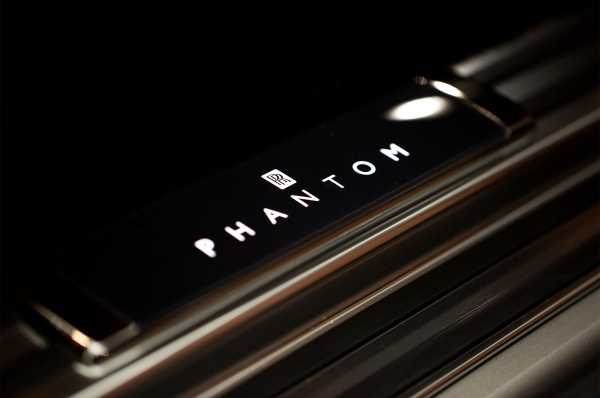
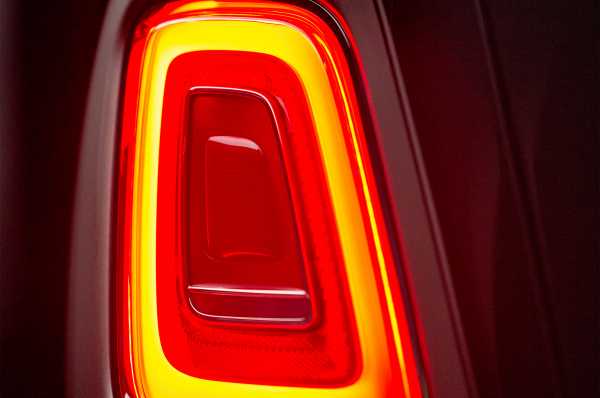
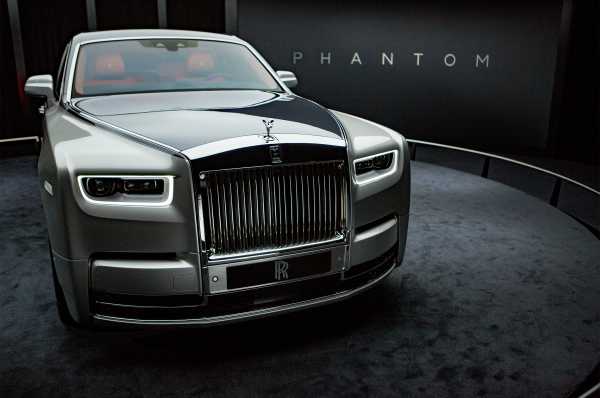

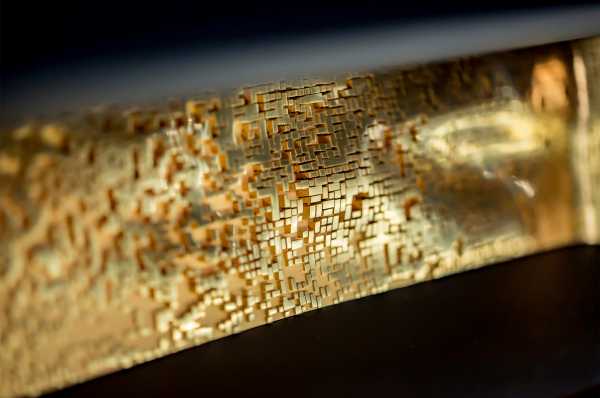
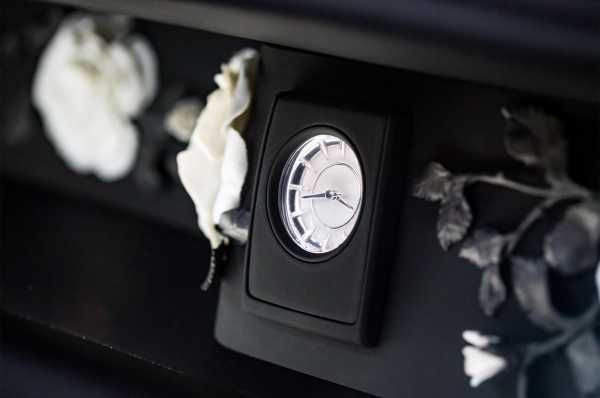
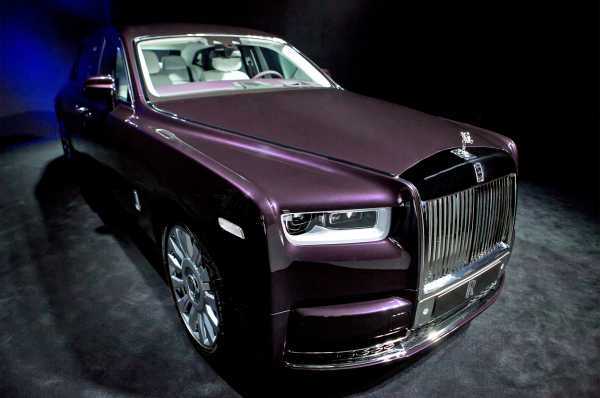
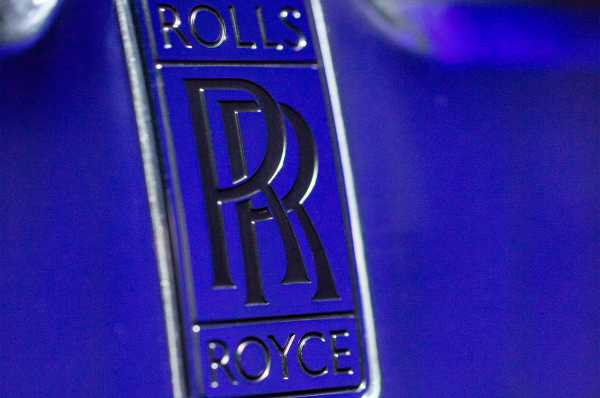

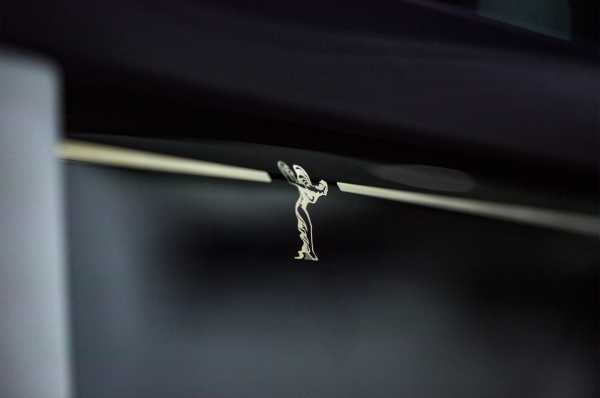


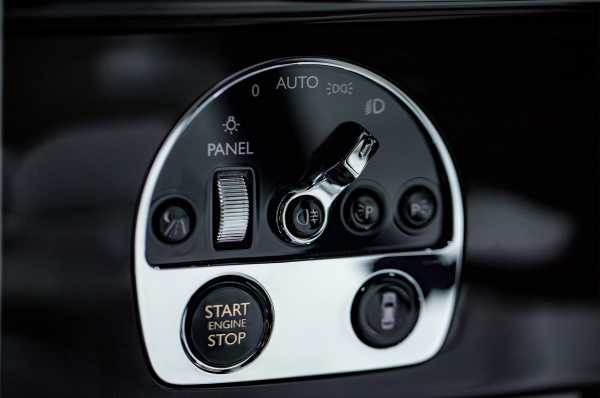
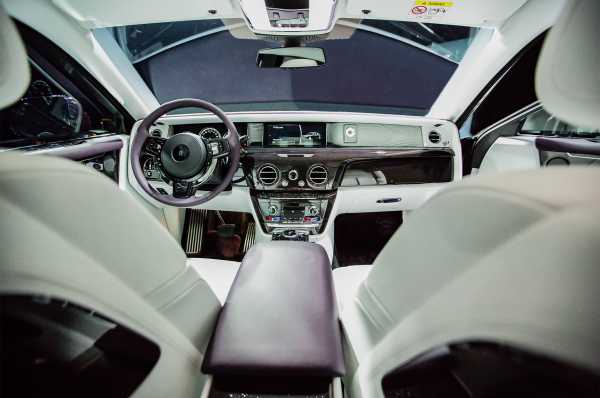
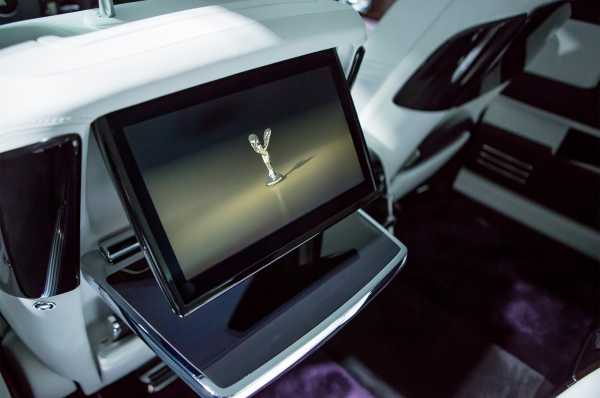
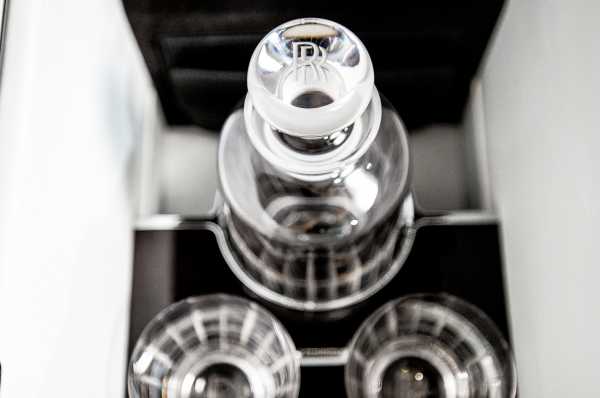
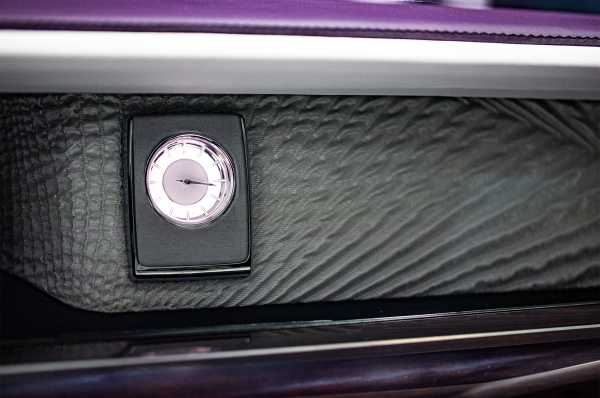
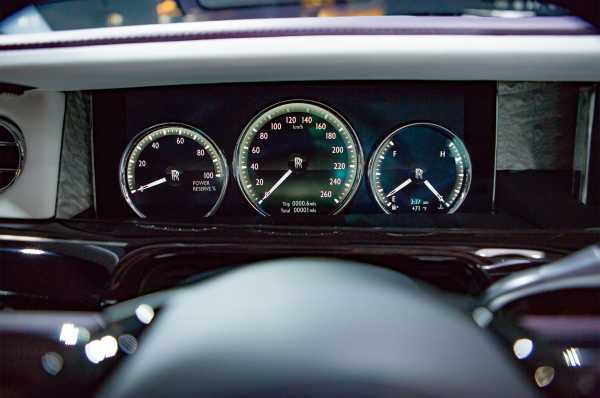 Show more
Show more Photo Comparison: Rolls Royce Phantom VIII vs Rolls Royce Phantom VII
Despite being quite old, the seventh-generation Rolls Royce Phantom was still considered to be the pinnacle of luxury, even towards the end of its life cycle. So it wasn’t easy for the famous brand to replace it with a newer model. How do you replace a car that’s still so highly regarded, even after existing for thirteen years? Well, you don’t fix what ain’t broke, for starters.
If you look at this new eighth-generation Rolls Royce Phantom, there isn’t that big of a stylistic change. Sure, it’s entirely new and the trained eye can notice that it’s a very, very different car. But the overall styling has remained rather similar and that’s really done intentionally, so as to keep the now-iconic shape. Rolls customers loved the Phantom VII, so why change it dramatically? Instead, Rolls made a car that looks like its predecessor, except made for our modern era.
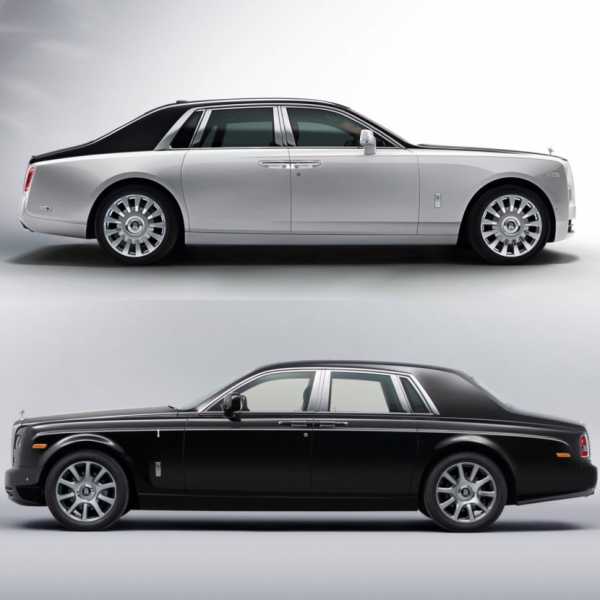
From the front, you can see how much sharper and how much more angular the new Phantom VIII is. The way the fenders come all the way out to the front end of the car, and make a right angle straight down, is far more pronounced. It’s actually refreshing to see how boxy the front end is, it’s all right angles and sharp edges. It’s refreshing in this modern day of funky shapes and architectures. It’s sort of the anti-BMW i3. Also, the headlights look far better this time around. While the first-gen Phantom’s headlights look sort of tacked on, these new ones look set deeper in the fascia and ringed in LEDs. Its grille is also now much larger and sort of built into the body work, which looks better.
Down the side, the new Phantom VIII looks much better. In profile, the old Phantom always looked good but somewhat odd and a bit frumpy. The new car looks far smoother, more streamlined and seems to be better proportioned. Something as simple as moving the door handles a bit lower completely lowers the belt line of the new Phantom, which makes it seem far more planted. In fact, it makes the old Phantom look like an old man who wears his pants up to his nipples.
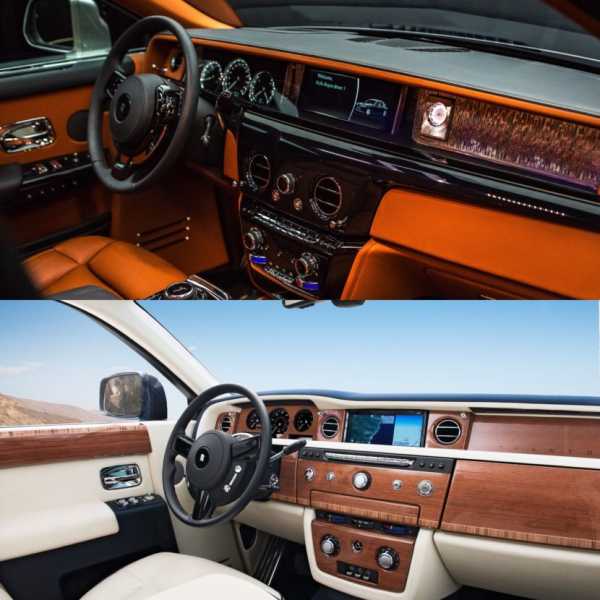
But it’s on the inside where the Phantom VIII really sets itself apart. While, again, the overall design and shape of the new cabin isn’t that much different from the one it replaces, the devil’s in the details. It seems as if Rolls Royce told its interior designers to go out and design the most elaborate, gorgeous and expensive pieces of automotive trim. In the spirit of Professor John Hammond, Rolls Royce simply spared no expense.
The interior trim pieces are works of absolute art. I sat for what seemed like an hour admiring the craftsmanship of these trim pieces. Check out the photo gallery below and just behold the work, attention to detail and the differences between the new Rolls Royce Phantom and the old one.

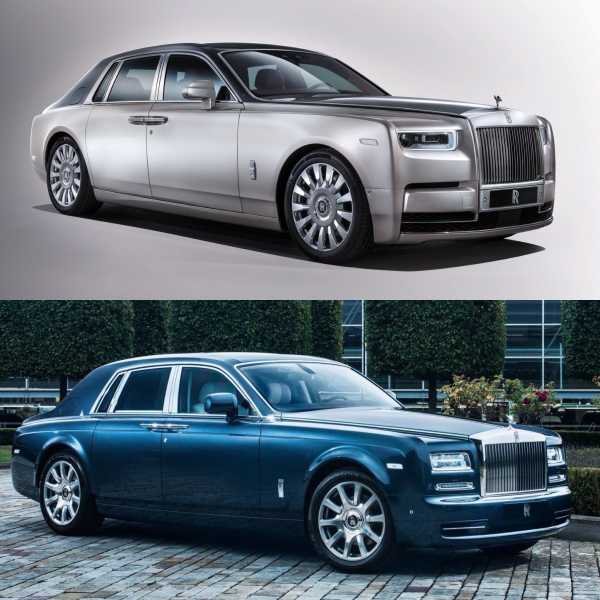
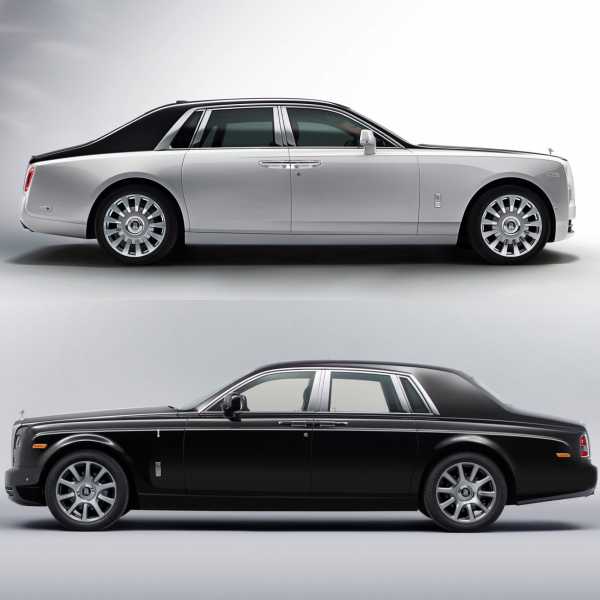
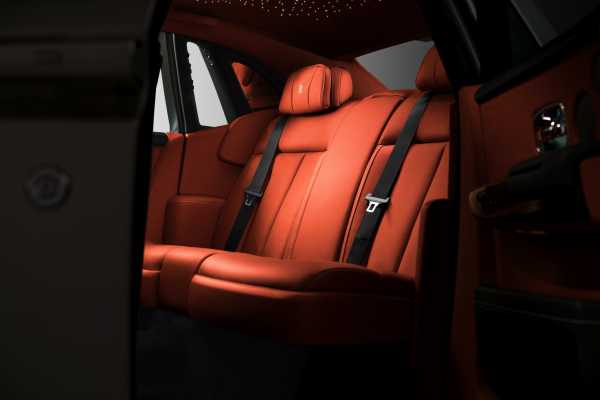
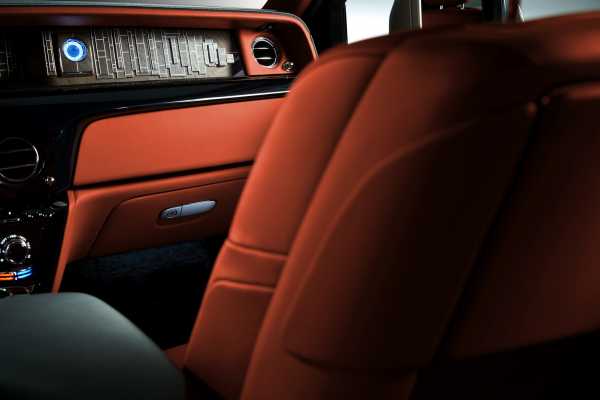
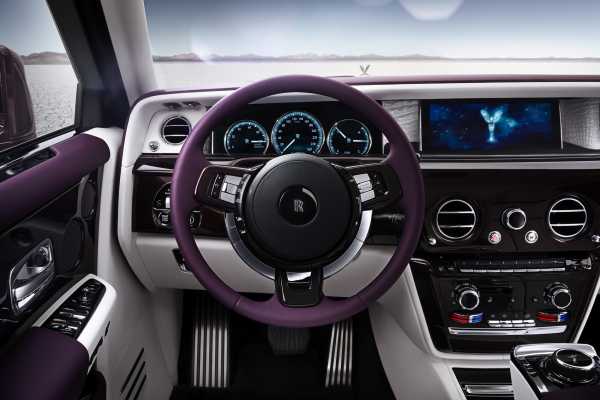
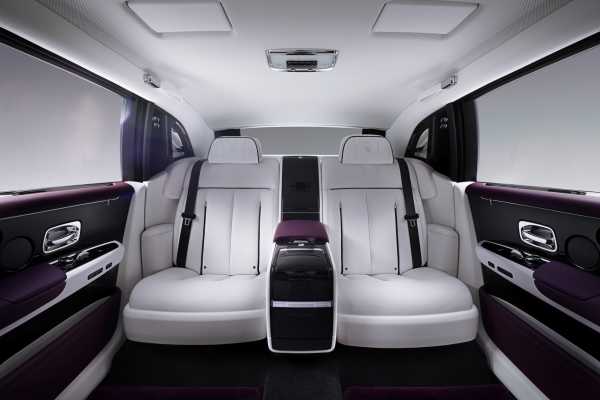
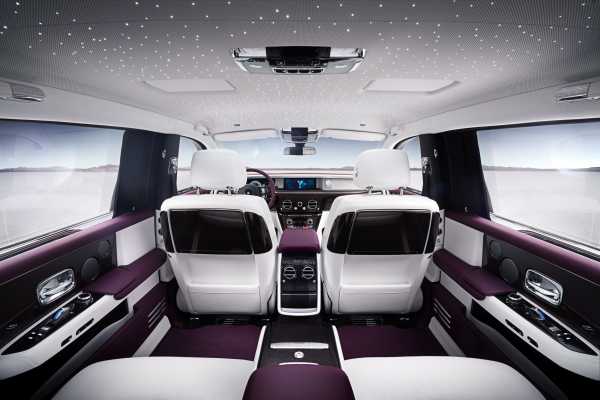
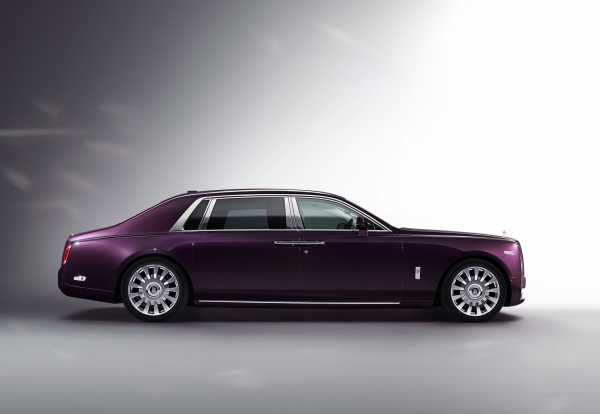
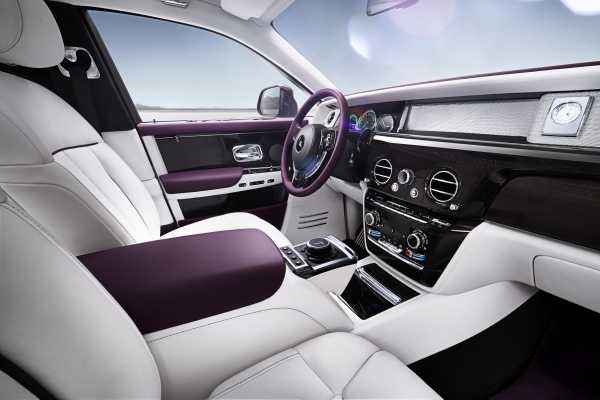
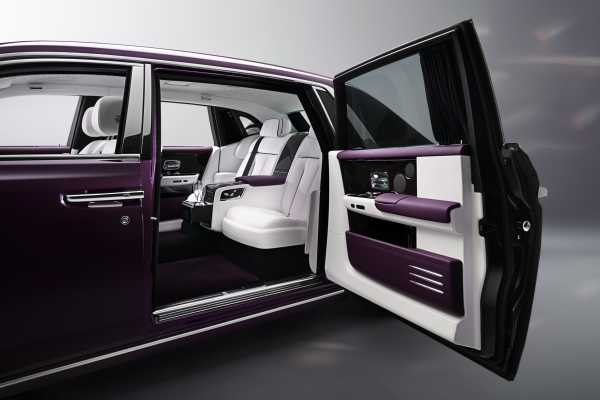
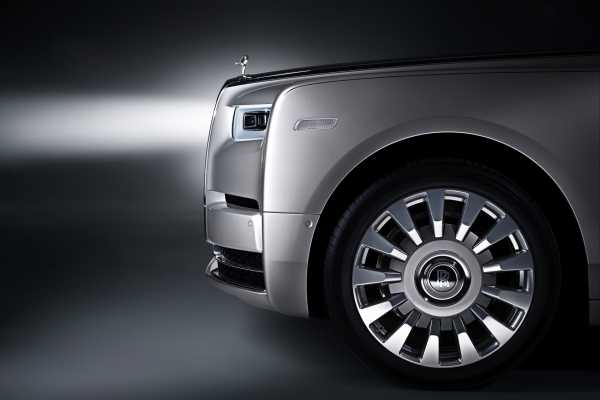
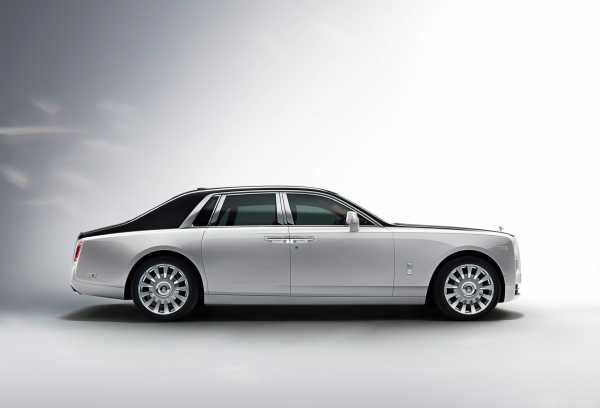
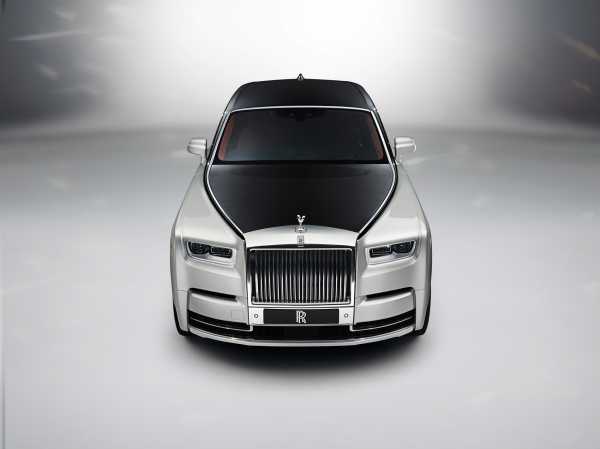
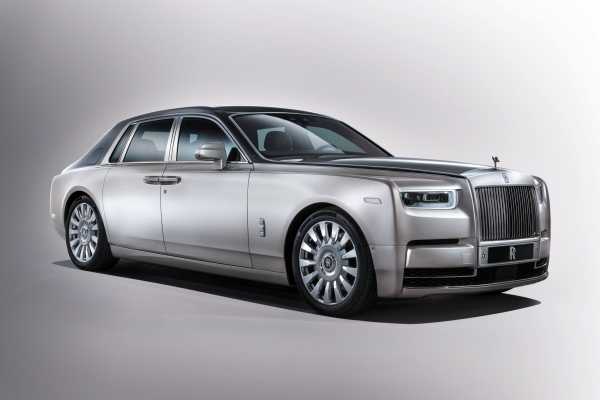
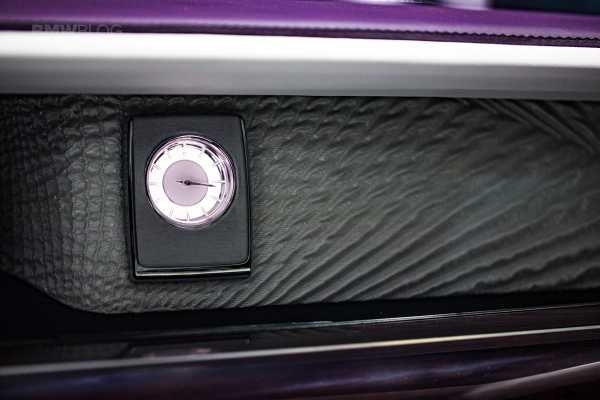
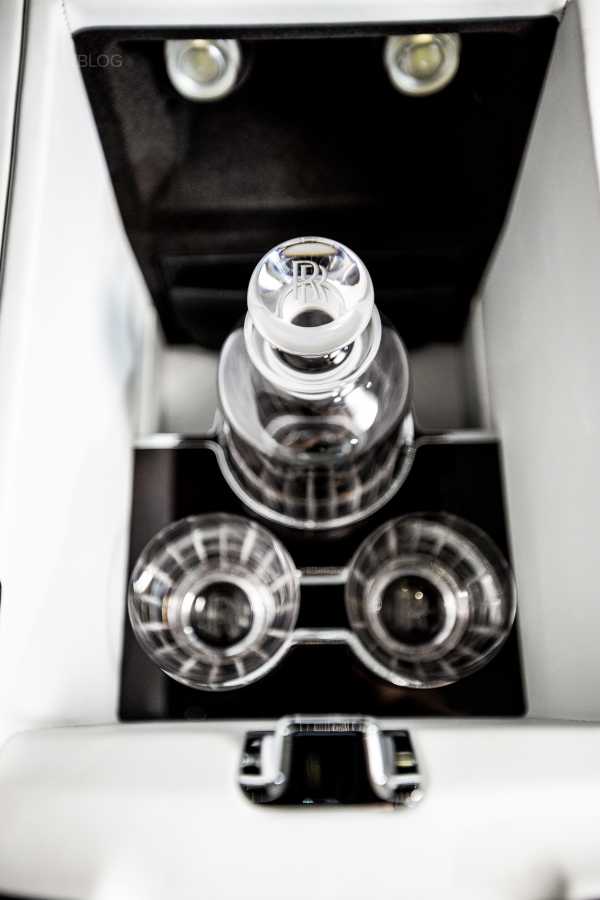
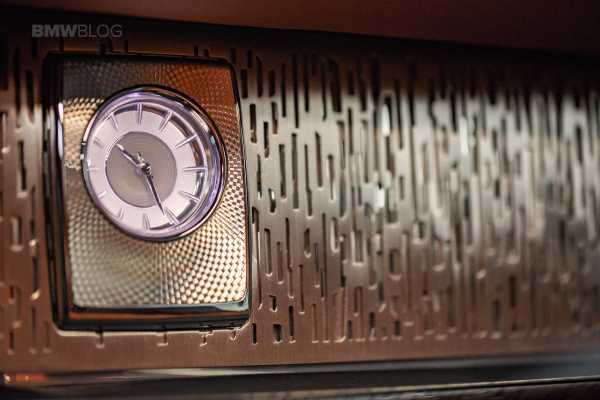
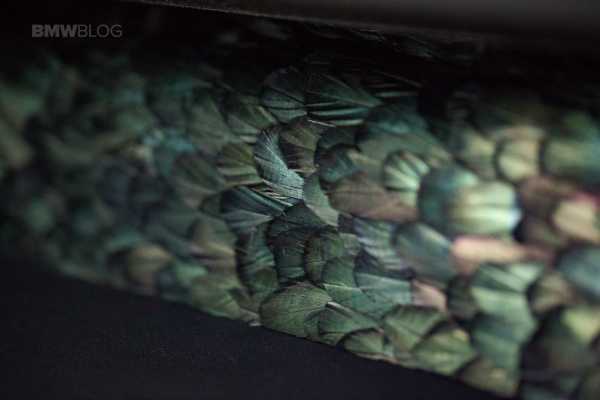
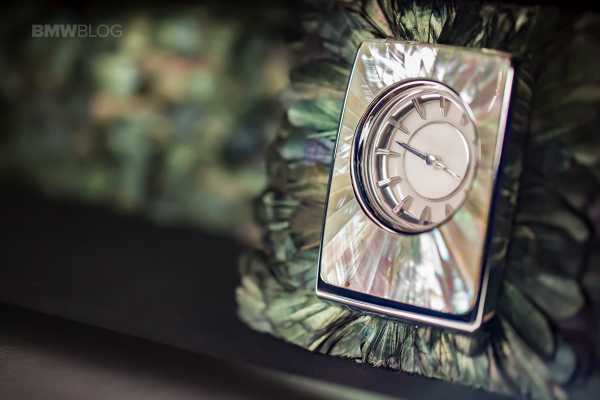
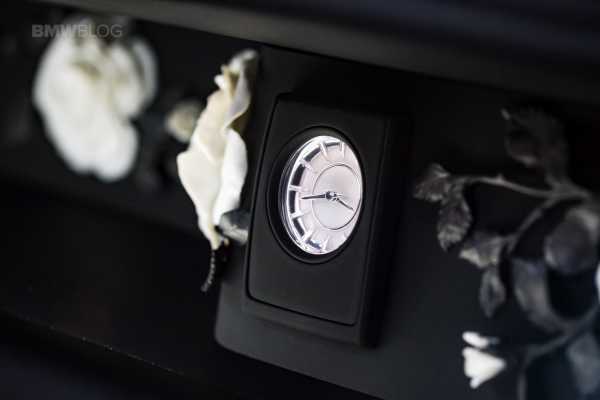
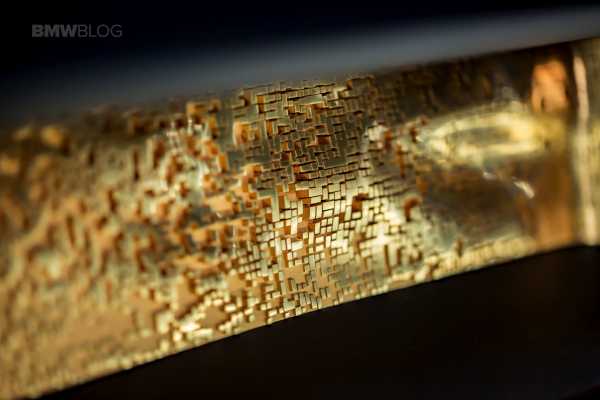
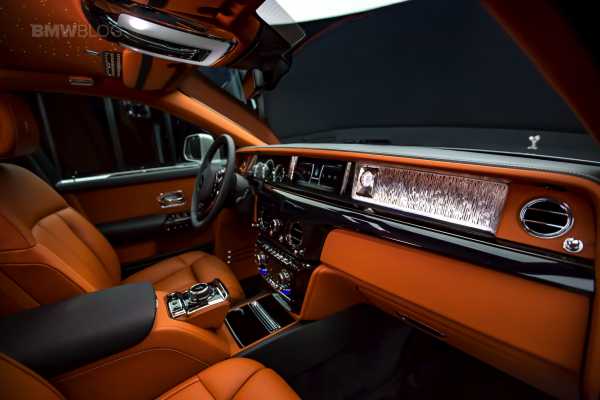
Rolls-Royce’s Phantom VIII Offers a Magic Carpet Ride That Aladdin Would Love
Amidst an ephemeral world of fleeting fashion, fast food, and fake news, the latest Rolls-Royce Phantom is a stalwart exemplar of tradition, quality, and authenticity. The name, suggesting a ghost or spirit creature, is hardly new. In fact, Phantom is the oldest model name in automotive history. The first one was made in 1925, and many of those early cars are still motoring along very well, thank you. With almost a century to separate it from its patriarch, the 2018 Phantom ushers in the eighth generation of the Rolls-Royce flagship, giving a clear nod to the past while defining the future of luxury as only Rolls-Royce can proclaim it.
With a patience rivaling that of a 17-year cicada, Britain’s oldest automaker is anything but hasty; it’s not every year that Rolls-Royce Motor Cars sends a new model down the runway. In fact, the last time a new Phantom broke cover was in 2003. The Phantom VII replaced the Phantom VI that had been introduced 35 years earlier. The Phantom VII was a game changer for the Rolls-Royce marque, which was acquired in 1998 by BMW. Newly committed to becoming a thoroughly modern brand and operating with near-total autonomy (although it was being bankrolled by its German parents), Rolls-Royce built a state-of-the-art factory at Goodwood in West Sussex, England, and set about creating a new luxury benchmark. The Phantom VII was just that, expressing a bold design and employing the latest technology while preserving an old-world ethos of wood and leather that the Brits do like no one else.

Rolls Royce’s Phantom VIII Photo: Courtesy Rolls Royce
That VII created quite a stir. Rolls-Royce chief designer Ian Cameron and exterior designer Marek Djordjevic elegantly juggled historic precedent and contemporary vision by respecting a formal design vocabulary while preserving the iconic characteristics of every Phantom before: the Parthenon-inspired grille, large wheels, long hood with a short front overhang, high beltline, and gracefully tapering rear flanks. Unabashedly monumental, the VII’s grille cut the airstream with the force of a Freightliner, yet the overall design was so remarkably fresh—and the car so intrinsically good—that it launched the marque into a second century of success.
Giles Taylor, director of design at Rolls-Royce Motor Cars since 2012, was the man with the heavy responsibility of making the Phantom VIII the best Phantom yet. Alongside its predecessor, the new Phantom’s evolution in design is evident, and it becomes clear how much more contemporary the newer car appears.
The VIII’s almost monolithic design was made possible in part by a precision joining process that eliminates most of the visible joint lines between body panels. While the hand-polished stainless grille sits higher than before, for the first time on a Rolls-Royce it is integrated into the surrounding bodywork and not sitting proud of painted surfaces. The mile-long hood is now without embellishment; no center spear or style lines complicate the clean and expansive surface. Similarly, the headlights are all updated, with the new laser lamps employing a somewhat softer light with a range of nearly 2,000 feet.
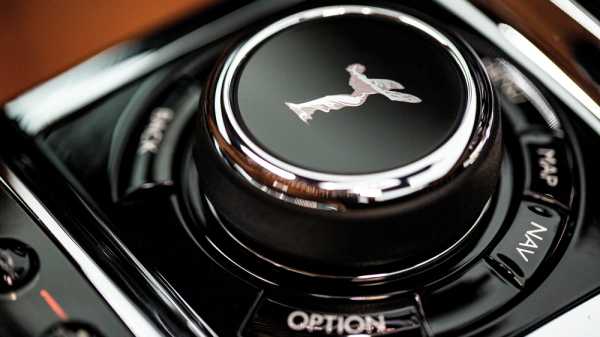
Rolls Royce’s Phantom VIII interior Photo: Courtesy Rolls Royce
But the Phantom VIII—which is priced from about $450,000 and arrives in the United States in spring 2018—still has a formal presence like no other luxury sedan. This is partly attributable to its classic 2-to-1 proportion that establishes a style line above the tops of the wheel wells at two-thirds the height of the roof. The wheel rims are 22 inches in diameter and rest on Rolls-Royce Silent-Seal tires that contribute to a ride quality aimed at being superior to that of any other automobile.
Understanding that the Phantom VIII would be an imposing sight, Taylor wanted every occasion of its appearance to engender goodwill among other motorists through its slightly softer stance, coming or going. To that end, the rear of the car is smoother, sleeker, and more raked and elegant, with tail lamps that seem to say, “Excuse me, please, with sincerest thanks,” when passing. And passing is something the Phantom VIII can do with all the power and fury of the Cretaceous period’s tyrant king, Tyrannosaurus rex. Yet unlike a dinosaur, the Phantom VIII moves silently, and while its driver may steer it, technology is really the one driving the new Phantom.
The “Architecture of Luxury” is how the manufacturer describes the Phantom VIII’s all-aluminum spaceframe chassis. Thirty percent more rigid than its predecessor, it is lighter and stiffer than conventional unibody designs employed by larger-volume manufacturers. It also allows chassis optimization for both the standard-length and extended-wheelbase versions of the four-door Phantom VIII. (Unlike the Phantom VII, no two-door coupe or drophead versions are planned.)
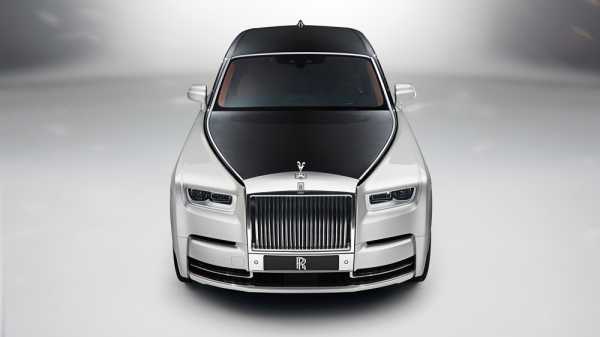
Rolls Royce’s Phantom VIII Photo: Courtesy Rolls Royce
Suspension at either end is new, with double wishbones at the front and a five-link rear-axle design. Handling and agility are enhanced by four-wheel steering and complemented by self-leveling air suspension that makes millions of calculations per second to adjust electromagnetic shock absorbers.
Rolls-Royce has always described the ride characteristic of its cars as “wafting,” a word that aptly suggests the ease with which one floats above the road, in the same manner that a Rolls-Royce figuratively elevates itself above quotidian traffic.
Lyrically, Rolls-Royce equates this exalted form of comportment to a “Magic Carpet Ride,” though one should note that the Phantom’s floors are covered in lamb’s wool and not the hot-rod rug in One Thousand and One Nights.

Unique to Rolls-Royce, the Phantom VIII’s ethereal Starlight headliner comprises 2,000 hand-fitted fiber-optic strands Photo: Courtesy Rolls Royce
Apropos of hot rods, the new Phantom uses a 6.75-liter V-12 engine of identical displacement to its predecessor but with an entirely new design; it is immediately distinguished by twin turbocharging that results in greater power and torque with reduced emissions. The smooth, quiet engine develops 563 hp and, importantly, an ample 664 ft lbs of torque in full bloom from only 1,700 rpm. Speed is electronically governed to 155 mph, and 60 mph is achieved from standstill in 5.3 seconds. The Satellite Aided Transmission, coupled to the ZF 8-speed automatic gearbox, drives the rear wheels. First developed for the Rolls-Royce Wraith, this transmission is linked to a GPS receiver that analyzes data to determine optimum gearing for road and traffic conditions.
he phantom viii could claim to be the most luxurious automobile ever made. The tasteful understatement of its interior is in perfect keeping with the marque’s well-bred demeanor. Such refined elegance is not easily achieved. The interiors of many so-called luxury cars are compromised by designers’ horror vacui and a failure to understand that true luxury needn’t ladle on disparate forms, surfaces, and materials. Plus, the Phantom’s insides don’t obligate a driver to conduct an orchestra of complicated controls and subsystems that create a cacophony of visual noise and confusion.
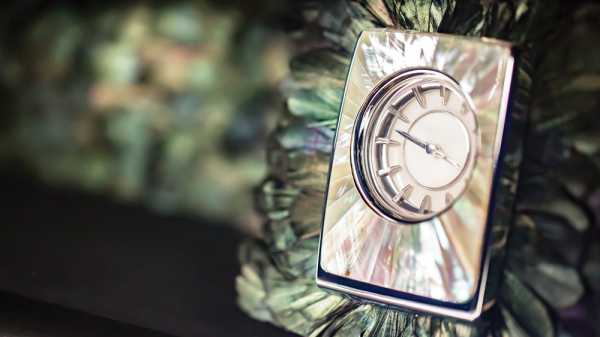
The analog clock in “the most silent motor car in the world.” Photo: Courtesy Rolls Royce
With a nod to occupants’ tranquility and composure, Rolls-Royce has always engineered its automobiles so that the analog clock is the loudest sound one can hear inside the cabin. Quieter than ever before, this pin-drop environment is in part a product of 286 pounds of sound insulation, thick double-layer glass, and other high-absorption materials that make the Phantom VIII what Rolls-Royce calls “the most silent motor car in the world.”
The cabin is indeed a serene environment and is equipped with numerous electronic assistants that serve without being asked, and only when needed. The Attentiveness Assistant monitors a driver’s eye movement to detect decreasing attentiveness and impending drowsiness, while panoramic and helicopter-view cameras aid in maneuvering the substantial vehicle. Night vision, active cruise control, and warning systems for collisions, pedestrians, cross traffic, lane departure, and lane change are standard, as is Wi-Fi, comprehensive navigation, and a high-resolution head-up display. Rolls-Royce eschews the practice of other luxury automakers that brand their entertainment system with someone else’s logo. Instead, company engineers design a specific system for each model alone. For Rolls-Royce, there is no other way.
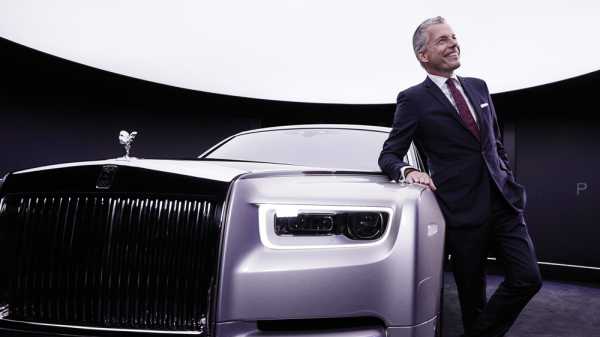
Rolls-Royce Motor Cars CEO Torsten Müller-Ötvös stands by the marque’s latest standout Photo: Courtesy Rolls Royce
The sky is literally the limit when appointing the Phantom VIII interior. Clients can specify the largest Starlight headliner ever offered in a Rolls-Royce. This bespoke option requires two dedicated artisans to hand fit nearly 2,000 fiber-optic strands to the perforated headliner. Each skyscape is designed in a specific celestial pattern to replicate the client’s preferred constellation. On terra firma (or at least ensconced in one of the Phantom’s sumptuous seats), one imagines sitting atop the hides of virgin unicorns, so supple, soft, and flawless is the leather that swathes almost every surface of the cabin.
In perfect counterpoint to these warm, natural surfaces, tactile wood paneling finished in a variety of types and levels of gloss can be specified for door interiors, center consoles, dashboards, and picnic tables. Those tables have become a sacrosanct feature in the rear cabin of every Rolls-Royce, and combine with rear theater monitors that electrically deploy and retract at the touch of a button. Rear seating can be configured in a variety of ways: individual seats with a temporary third, individual seats with a fixed center console, or, for dreamers, an intimate lounge seat, which will be offered next year.

Prominent within each bespoke interior is the Gallery, a dashboard-length display presenting gauges and owner-commissioned artwork Photo: Courtesy Rolls Royce
The most novel feature of the Phantom VIII is surely the Gallery, imagined by Taylor to be an uninterrupted panel of glass that spans the full width of the dashboard and instrument panel. Behind this sit essential components like the speedometer and clock, and a much broader expanse becomes an area to display bespoke works of art. Customers can choose an artist to work with Rolls-Royce to decorate the space; the factory has already executed oil paintings, feather collages, porcelain roses from Nymphenburg, and even a gold-plated 3-D-printed map of an owner’s DNA created by Thorsten Franck. Buyers in a hurry can specify a standard Gallery in silk, wood, metal, or leather.
No carmaker does bespoke like Rolls-Royce, and it is here that one can express one’s own aesthetic sensibilities—for good or ill. Rolls-Royce designers will consult with customers and gently guide wayward notions in the right direction if asked, although few combinations are off-limits for the truly determined. For those so disposed, the Phantom VIII becomes a boundless palette from which to paint a personal vision.
"Питер - АТ"
ИНН 780703320484
ОГРНИП 313784720500453
